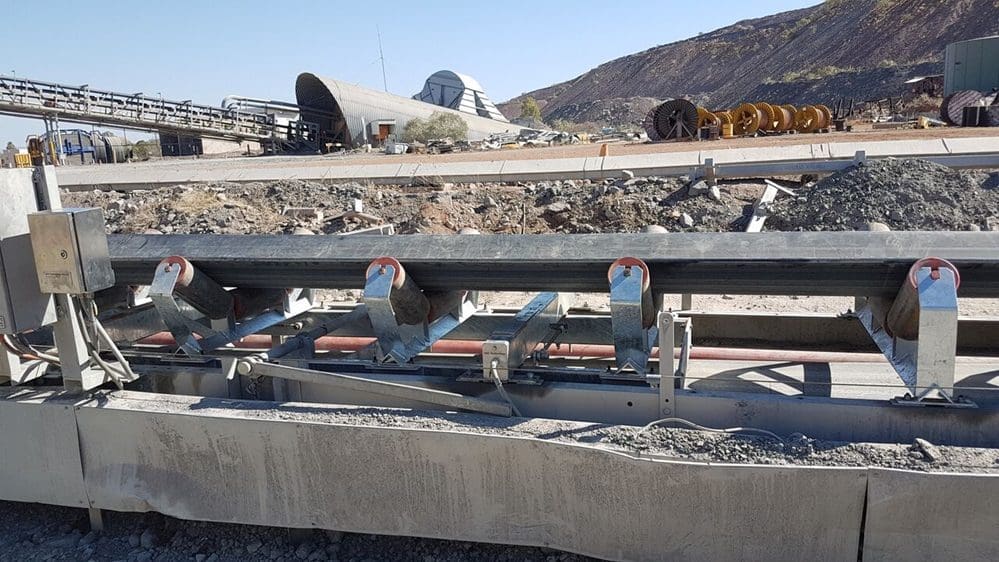The Australian mining industry is at a critical juncture. Profits are up for many companies, but depleting resources, regulatory restrictions, environmental concerns and public pushback all present challenges that need to be addressed to maintain progress.
2020 will be an extremely important year for mining companies as they either set the stage for further growth and expansion, or fall back on failing strategies and put the very future of their operations at risk.
Taking a look ahead at the trends that will dominate the mining industry in 2020 will help companies prepare for the coming year and put themselves in the position to succeed and flourish.
Mining companies expand capital projects
Exploration and new investments in new mining operations have been relatively subdued in recent years, according to Deloitte. Mining companies, in general, focused their efforts on getting the most output and productivity from their existing sites rather than spend capital setting up new operations. Deloitte researchers believe this strategy is untenable over the long term as resources and commodities are depleted.
With that in mind, many organisations will ramp up exploration and new supply investment to offset decreases in production. That will mean outfitting new mining operations with high-quality equipment that is built to last.

In addition, proper installation and configuration is essential to maximising output and performance at these new sites. Working with an experienced service provider that can thoroughly assess your facilities' equipment and instrument needs and get your new mining operations started on the right foot.
Analytics and reporting improve production and operations
Data analytics is not a new development in the mining industry, but the technology will come into its own in 2020. Deloitte researchers expect mining companies to increase their investments in analytics solutions, as well as begin incorporating more advanced capabilities into their reporting processes. One particular area to keep an eye on is artificial intelligence, where thinking software makes decisions without the influence of a human operator.
Regardless of where a mining organisation currently sits on the analytics maturity scale, effective data capture practices are essential to supporting its data-driven efforts. Companies will need to maintain accurate and reliable measurements at every stage of operations, from material acquisition to transportation.
High-quality mining equipment such as belt scales and weightometers provide accurate on-site readings that give companies clearer insight into production and performance rates. Those readings, in turn, can be used in data analytics efforts to further improve mining operations.

Balance productivity and operational costs
Mining companies are always looking for opportunities to lower operational costs while maximising productivity. It's a delicate balance to strike, and operators need to be careful that cost-saving measures don't adversely impact facility output.
KPMG Australia noted that one of the biggest risks facing mining operations in the coming year is tipping the scales too far in either direction. Researchers warned that even organisations that successfully lower costs while increasing production, could be sacrificing quality as a result.
Site audits could help ascertain whether a mining operation is functioning at its highest level or neglecting an important aspect of its operations. Assessing equipment performance at regular intervals can bring potential issues to light before they worsen and impact facility performance. In addition routine maintenance of all equipment will protect your investment in mining equipment and ensure that machinery continues running without interruption.
SRO Technology has provided high-quality equipment and auditing services to the mining industry for years. Whatever challenge you face in 2020, we can help you overcome it. Contact our team to learn more.



Recent Comments